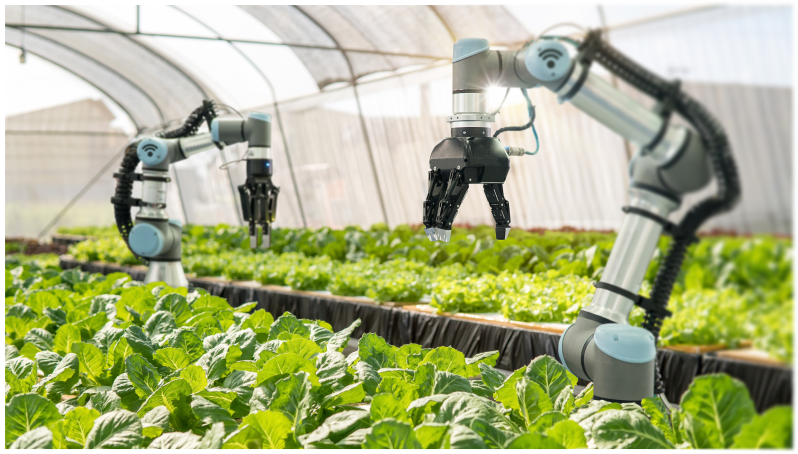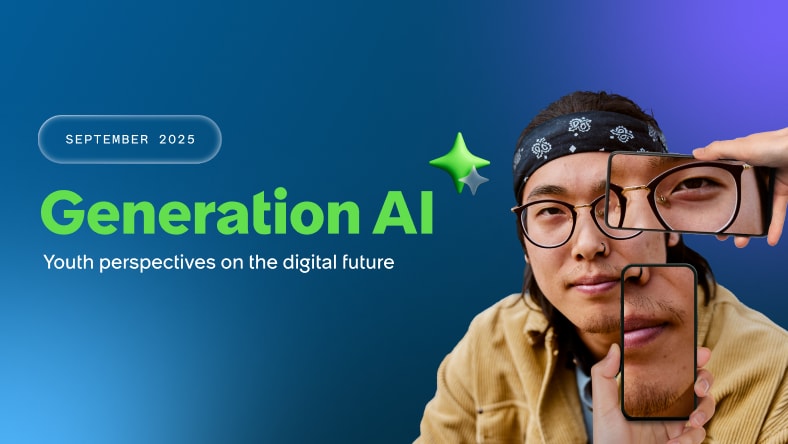In the AI age, leaders must reimagine CRM as the core of their businesses to stay relevant and unlock growth.
By Julia Martensen, AMS Innovation Officer
When I worked in venue logistics at the 2008 Summer Olympics in Beijing, I experienced firsthand what it takes to put on the biggest sporting event in the world. We had to transform a golf course into an equestrian cross-country competition site, manage and vet thousands of contract employees and corporate vendors, and direct the flow of tens of thousands of fans to avoid bottlenecks and promote safety.
Since then, technology has advanced at breakneck speed, yet live entertainment remains just as challenging and fragmented—if not more so. Venues have adopted myriad digital systems, but all too often, they function in silos and do not communicate with each other. These disparate tools may be useful for their specific purposes, but because they don’t work in concert, antiquated communication methods, such as spreadsheets, pen and paper, and walkie-talkies, are still necessary to orchestrate a seamless experience.
This leads to unnecessary complexity. IT departments, often under-resourced, end up with management software that can’t meet the demands of a hyperdynamic live environment, leading to operational delays and frustrating experiences for staff, performers, and fans. Even when venues do deploy new technologies, valuable real-time data that is collected is often underutilized and sitting in siloed technology systems, making it impossible to apply AI or agentic AI.



